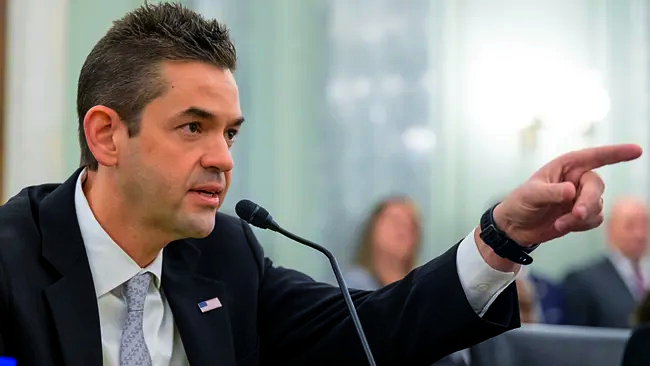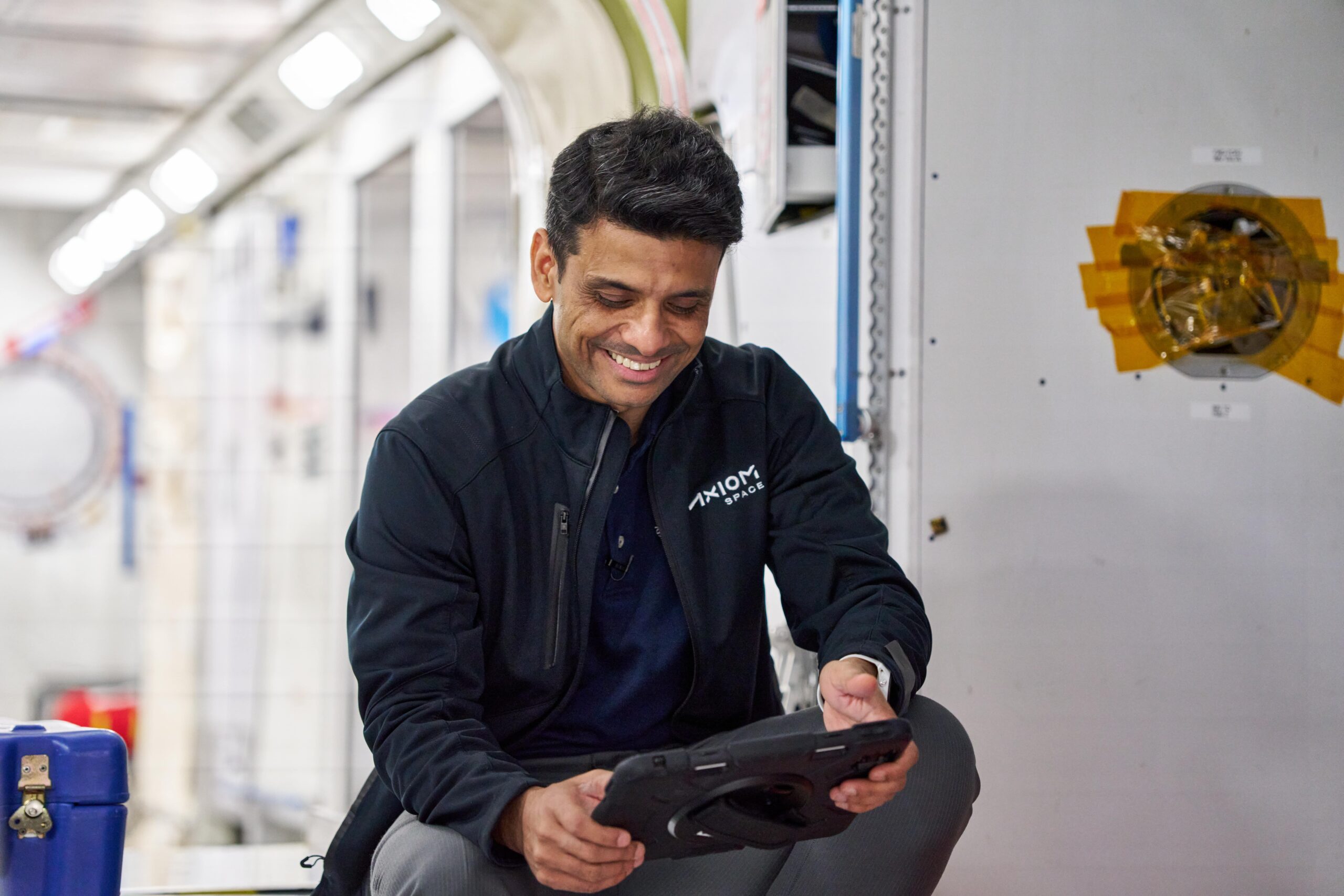Where is the research in 2025 on Stasis for spaceflights? (Space Tech)
NASA and SpaceWorks Enterprises are leading research into synthetic torpor using therapeutic hypothermia for long-duration spaceflight. Key developments include a torpor-inducing module that reduces crew habitat mass and volume by 75% for Mars missions. Astronauts cycle through 10-14-day stasis periods using intravenous cooling and pharmaceuticals, minimizing resource consumption and minimizing psychosocial stress. ESA’s focus is on mitigating long-duration spaceflight effects, while India’s Gaganyaan program focuses on foundational human spaceflight capabilities. While no agency has deployed operational stasis systems, NASA’s progress suggests this technology could revolutionize crewed deep-space missions within the next decade. The field remains largely experimental and interdisciplinary, requiring advances in medical science, engineering, and human factors to realize practical stasis systems for space exploration.
- Bone atrophy
- Cardiovascular health
- Crew habitat mass
- Gaganyaan program
- Human spaceflight
- Innovative Advanced Concepts (NIAC)
- Intravenous cooling
- Isolation experiments.
- Long-duration spaceflight
- Mars missions
- Metabolic reduction
- Microgravity
- Muscle atrophy
- NASA
- Neurological health
- Pharmaceuticals
- Psychosocial stress
- Radiation exposure
- Resource consumption
- Space medicine
- SpaceWorks Enterprises
- Stasis technology
- Synthetic torpor
- Therapeutic hypothermia
- Torpor-inducing module
Why the Pullback of Jared Isaacman’s Nomination?
On May 28, Musk criticized a major administration bill currently being considered by the U.S. Congress, followed by the announcement on May 29 that he will be leaving the Trump administration on May 30. A sharper fallout continued and spilled over onto social media, leading, Isaacman said, to the withdrawal of his nomination.
- Administration changes
- All-In Podcast
- Bipartisan donations
- Committee vote
- Confirmation hearing
- Donald Trump
- Earth orbit missions
- Elon Musk
- Funding activities
- Human spaceflight
- Jared Isaacman
- Moderate politics
- NASA Administrator
- Nomination withdrawal
- Political dynamics
- Private astronaut
- Public comments
- Rationale for decision
- Senate confirmation
- Social media fallout
- SpaceX
- Support base
- Tech entrepreneur
- Visibility in politic
- White House
SpaceX Ax-4 launch postponed: propellant leak (Space News)
SpaceX’s Ax-4 mission, carrying four private astronauts to the International Space Station, has been postponed due to technical issues. The launch was initially delayed due to a LOx propellant leak in the Falcon 9 rocket and a new air pressure leak in the Russian segment.
- Ax-4 Mission
- Axiom Space
- Build & Flight Reliability
- Crew Dragon capsule
- Falcon 9 rocket
- Human spaceflight
- ISS (International Space Station)
- Launch delay
- Liquid oxygen
- Pacific Ocean
- Peggy Whitson
- Prelaunch tests
- propellant leak
- Refurbishment
- Rocket engines.
- RP-1
- Science experiments
- Shubhanshu Shukla
- Sławosz Uznański-Wiśniewski
- SpaceX
- Splashdown
- Static fire test
- Tibor Kapu
- Troubleshooting
- William Gestmeier
Meet Axiom-4 Pilot Shubanshu Shukla (Space People)
Axiom Space is set to launch the first Indian astronaut to orbit since 1984, Group Captain Shubhanshu Shukla, on the Ax-4 mission. The four-person mission will conduct research and tech demonstrations aboard the ISS for 14 days, with contributions from over 30 countries.
- Astronaut team
- Ax-4 Mission
- Axiom Space
- Cumulative time in space
- European Space Agency
- Experiments
- Gaganyaan
- Human spaceflight
- Indian astronaut
- Indian Space Research Organisation (ISRO)
- International Space Station (ISS)
- Kennedy Space Center (KSC)
- Large Hadron Collider
- Orbital human spaceflight.
- Peggy Whitson
- Prime Minister Narendra Modi
- Rakesh Sharma
- Research and technology demonstrations
- Shubhanshu Shukla
- Sławosz Uznański-Wiśniewski
- Space mission
- Spaceflight
- Tibor Kapu
- Vikram Sarabhai Space Centre
Astronauts Making Pizza on the ISS (Space People)
Pizza-making on the International Space Station (ISS) has become a unique culinary experience, with astronauts gathering to prepare and share their personal pizzas. The process involves securing ingredients, assembling the pizza, and baking it in a special oven. NASA is exploring 3D food printing technology for future missions.
- Ax-4 Mission
- Axiom Space
- Build & Flight Reliability
- Crew Dragon capsule
- Falcon 9 rocket
- Human spaceflight
- ISS (International Space Station)
- Launch delay
- Liquid oxygen
- Pacific Ocean
- Peggy Whitson
- Prelaunch tests
- propellant leak
- Refurbishment
- Rocket engines.
- RP-1
- Science experiments
- Shubhanshu Shukla
- Sławosz Uznański-Wiśniewski
- SpaceX
- Splashdown
- Static fire test
- Tibor Kapu
- Troubleshooting
- William Gestmeier


